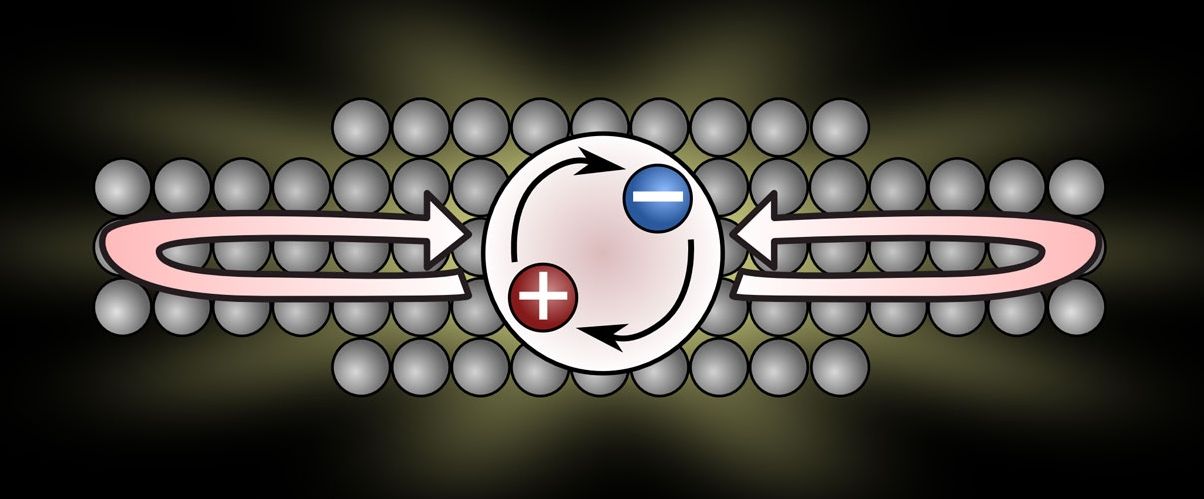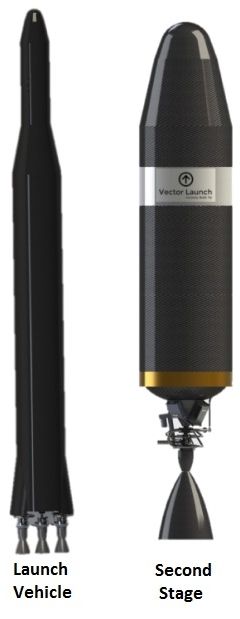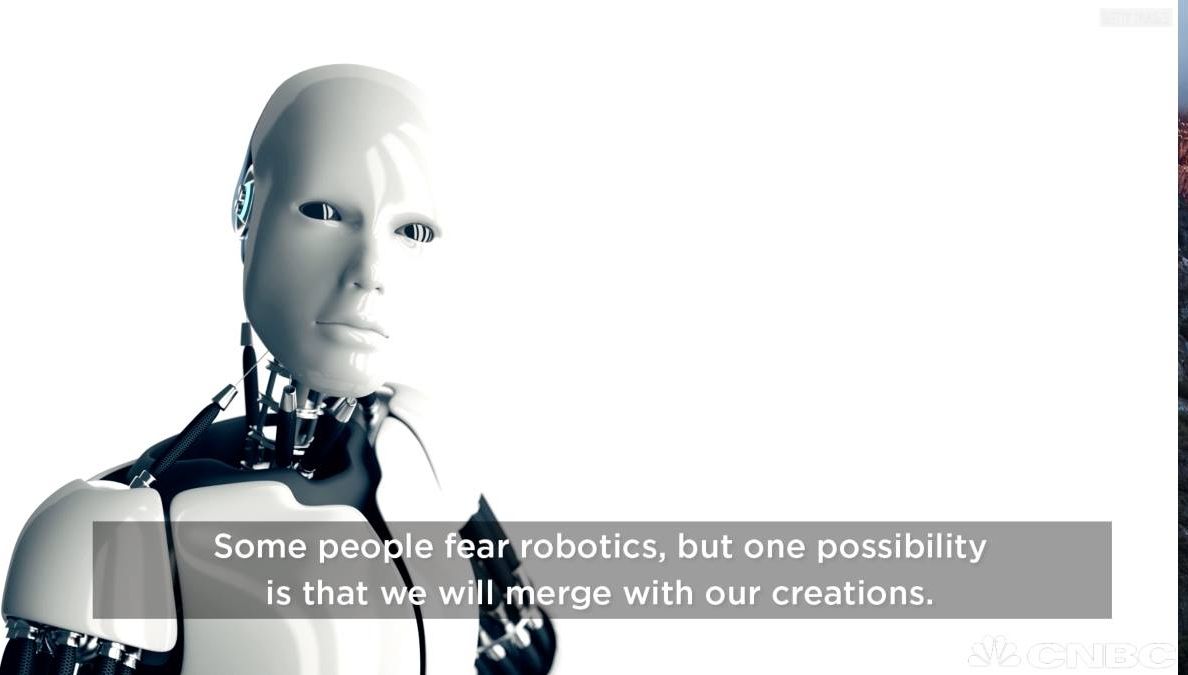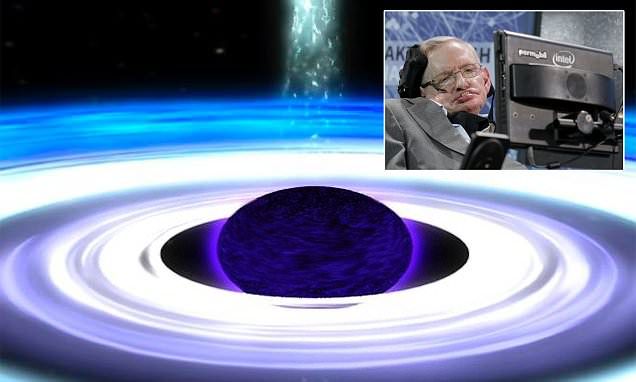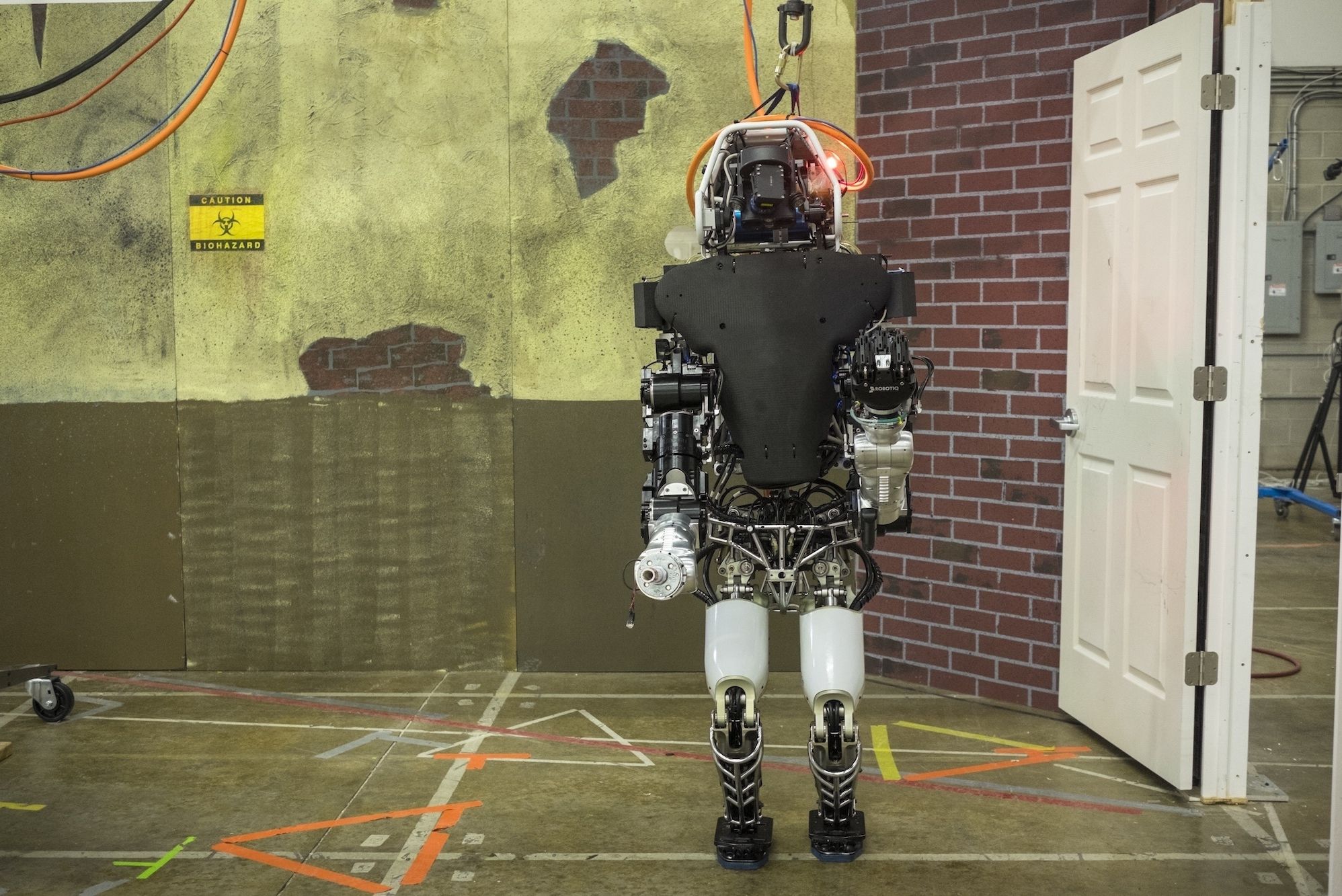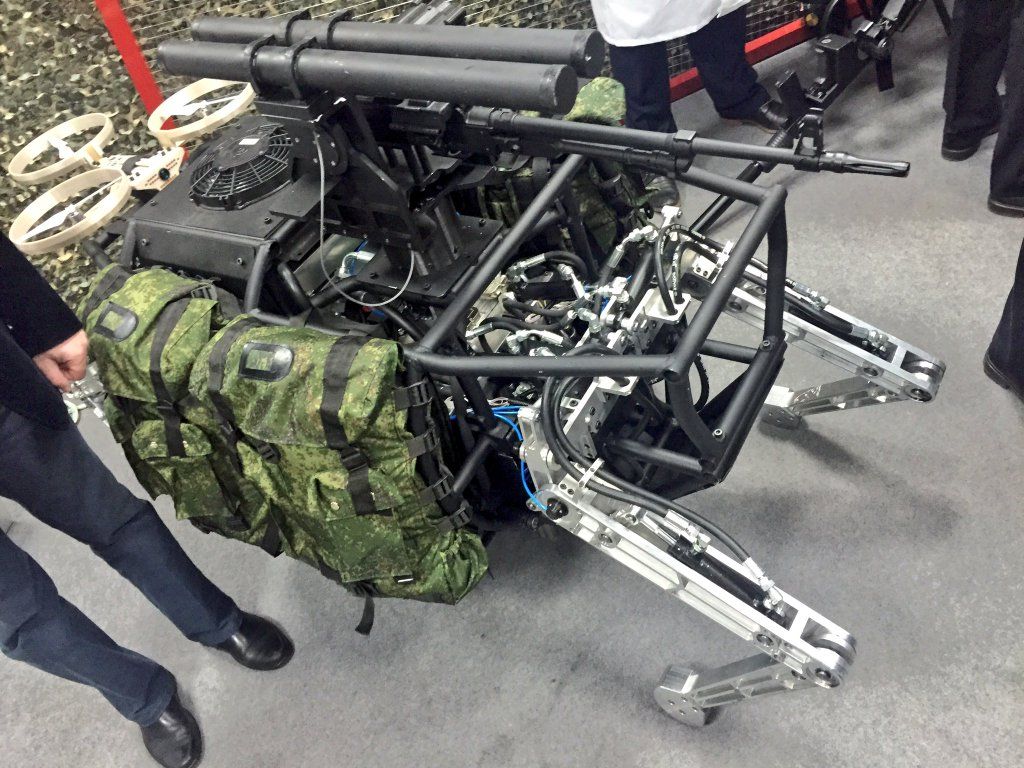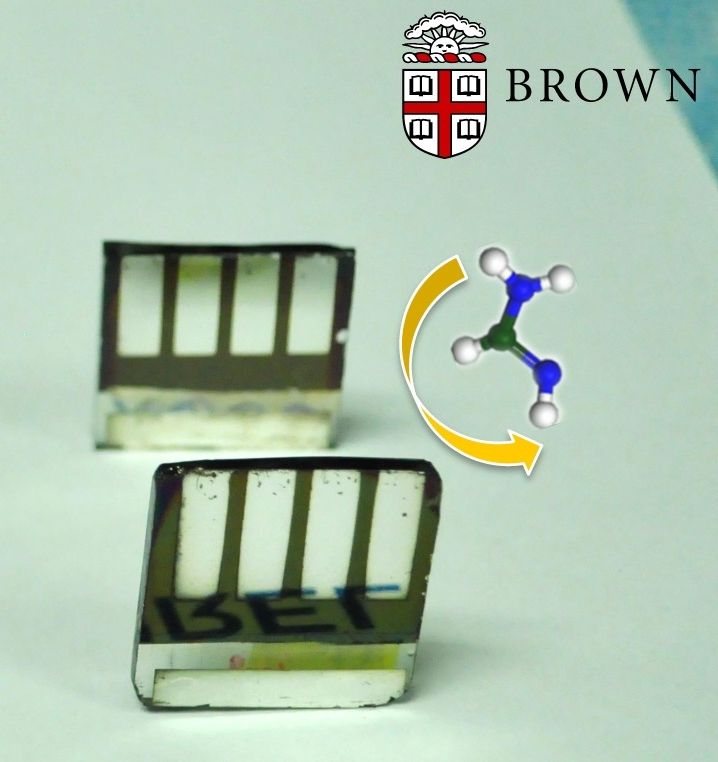Apr 26, 2016
Europe’s billion Euro bet on quantum computing
Posted by Karen Hurst in categories: computing, neuroscience, quantum physics, space travel
Nice
Quantum computers have been hailed for their revolutionary potential in everything from space exploration to cancer treatment, so it might not come as a surprise that Europe is betting big on the ultra-powerful machines.
A new €1 billion ($1.13 billion) project has been announced by the European Commission aimed at developing quantum technologies over the next 10 years and placing Europe at the forefront of “the second quantum revolution.”
Continue reading “Europe’s billion Euro bet on quantum computing” »

